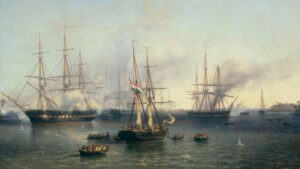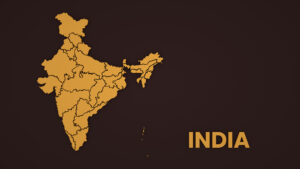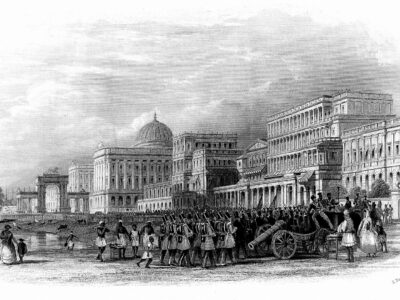Among many historical cities in India, there are three unforgettable glorious places; Varanasi, an ancient river city, stands evident to explain the 3000 years of historical records. Delhi, a political epicentre, sheltered and served as a capital for various dynasties. At last, Hampi – a renowned city of medieval times that is glorified with all its riches and lost civilization.
VARANASI
Archaeological excavations suggest the actuality of habitation in the city of Lord Shiva, existing since 1800 BCE witnessing the pilgrimage and cultural changes down the ages. The holiest city in Hinduism lies on the banks of the sacred river Ganga. Packed with numerous shrines and ghats, Varanasi is also associated with Buddhism. The Chinese traveller Hieun Tsang praises this place in his accounts. Jagadguru Adi Shankaracharya, a celebrated Hindu philosopher, spiritualist and scholar, established a denomination of Shiva in Varanasi during the 8th century CE.
Varanasi is the home to an assessed 20,000 temples, some more than 800 years old. Although in 1194 CE, the Delhi Sultanate invaded Varanasi and destroyed the famous Kashi Vishwanath temple dedicated to Lord Shiva, the Mughal emperor Akbar sponsored a cultural revival during his reign in 1556 CE. However, Aurangazeb, the great-grandson of Akbar succeeding to the throne in 1659 CE, destroyed numerous temples across India, including many in Varanasi. After the decline of the Mughals in 1737 CE, many iconic river ghats and temples were renovated. Varanasi won the status of monarch under the rule of Maharajas of Benares. Under British colonial rule, this ancient city was further recognized as a princely state in 1910 CE, administered by the Maharajas of Benares. Varanasi is also recognized as a UNESCO world heritage site.
DELHI
The diplomatic epicentre of India throughout the earlier Millenium glimpsed the rise and fall of seven capital cities in history. New Delhi is now serving as the eighth capital of independent India. Delhi first emerged in the 11th century CE, when Anangapala of the Tomara dynasty built a lalkot, establishing a strong political hold. In the early 13th century CE Qutub-ud-din Aibak of the Mamluk dynasty established the Delhi Sultanate and managed to rule by successors till 1451 CE; by then, Bahlul Lodi had taken over the throne.
In 1526 CE, Delhi witnessed the rise of the Mughals after defeating Ibrahim Lodi in the Battle of Panipat by Babur. It was soon succeeded by his son Humayan as the emperor of the Mughal Empire in 1530 CE. Sher Shah Suri shortly contorted control of Delhi from the Mughals in 1540 CE. However, Humayun recaptured Delhi from the clutches of the Afghans in 1555 CE, and following his death, his son Akbar shifted his capital to Agra. Again in 1638 CE, Shah Jahan commissions a new capital for the Mughal Empire in Delhi. Still, his successor Aurangazeb seized the throne in 1658, executed his brothers, imprisoned his father, and moved his capital to Aurangabad in 1681 CE. After the death of Aurangazeb, Delhi became the capital once again in 1707 CE. After defeating the Marathas in 1803 CE and sieging Delhi by arresting the last Mughal emperor Bahadur Shah Zafar by the British in 1857 CE, King George V visited Delhi. He was crowned the Emperor of India in 1911 CE and commissioned the construction of New Delhi. Later in 1931 CE, Delhi formally became the new administrative capital of British India and remained the nation’s capital after India’s independence.
The names of the seven capital cities established in Delhi are Lalkot, Mehrauli, Siri, Tughlaqabad, Ferozabad, Shergarh and Shahjahanabad.
HAMPI
In the 14century CE, in the heart of South India, upon the collapse of Hoysalas, the commanders Hakka and Bukka, with a small army, raised to repel the aggressive incursions of Delhi Sultanate established a new capital at Hampi on the banks of river Tungabhadra and named it as “Vijayanagara”, translates to city of victory. They began expanding their domain gradually.
Sri Krishnadevaraya, the greatest emperor of the Vijayanagara kingdom, was crowned in 1509 CE; during his reign, Hampi rose as one of the greatest and most impressive cities of medieval India, grabbing attention around the world and inspiring many travellers, merchants and scholars. Hampi remained celebrated for 230 glorious years before being viciously devastated and fading into incognizance. The Empire of Vijayanagar finally met its end in 1646 CE.








